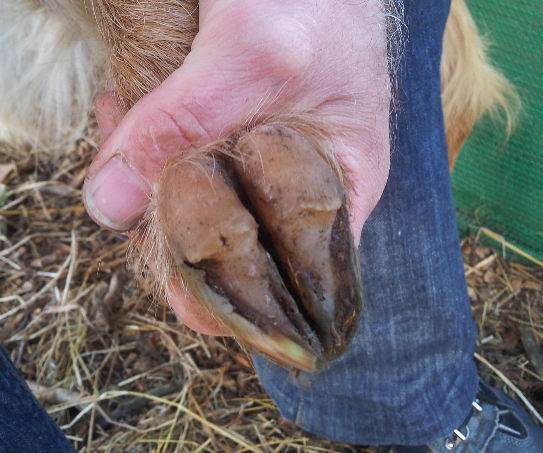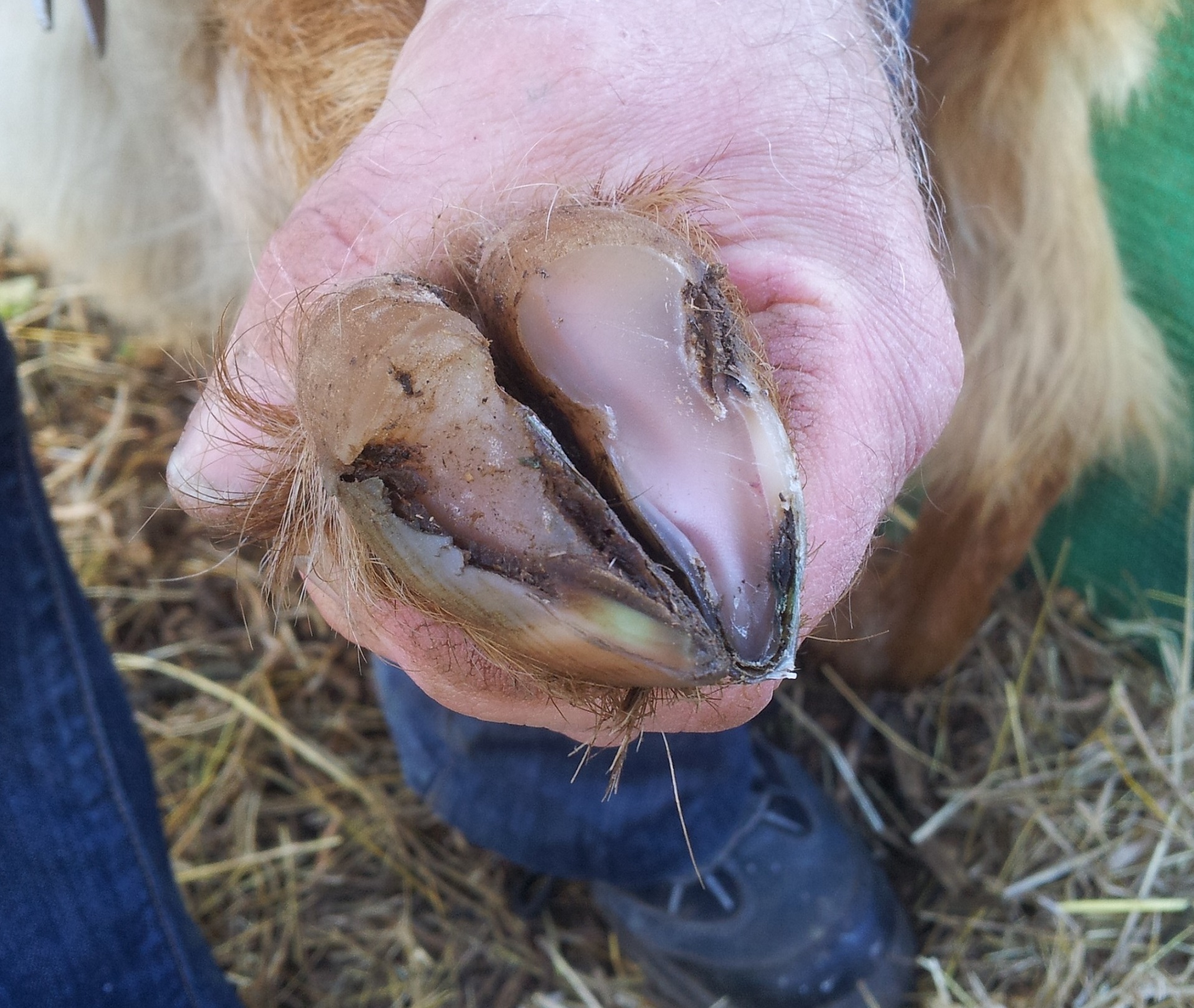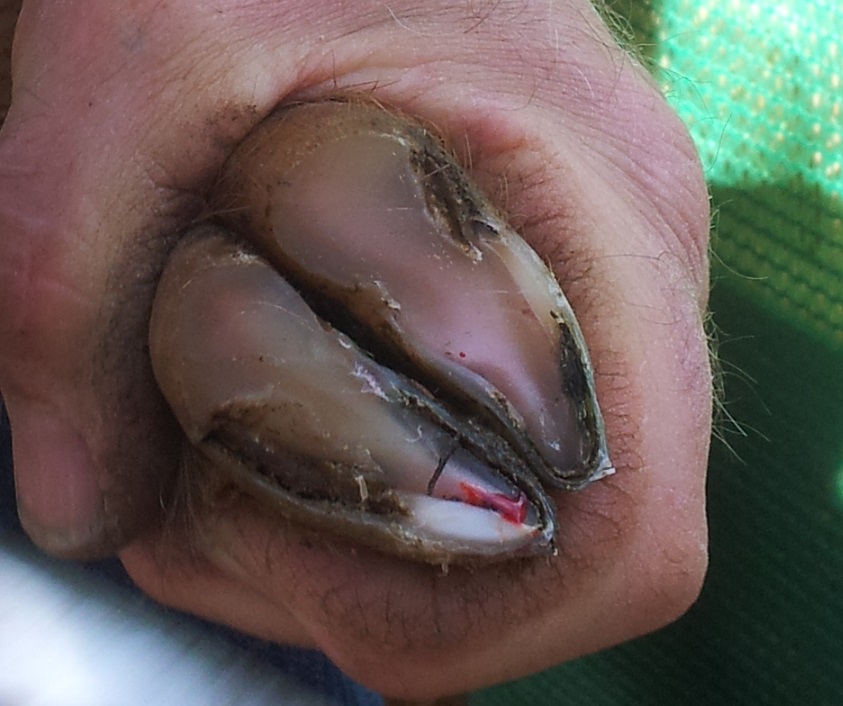WINTER
Monthly foot trimming (described below)
Worming all goats
Vaccinate all goats for tetanus
Prepare your nanny goats for kidding
Vaccinate nannies with Lambivac 4-6 wks prior to kidding
Increase hard food in last 6 wks of pregnancy
SPRING
Monthly foot trimming
Prepare for kidding - suggested equipment list:
Vet's telephone number! Lambing ropes x 3, lube, soap, bucket, towel, arm length gloves, glucose powder, Ketosaid, stomach tube, access to colostrum, feeding bottles, lamb feeder syringe with tube (to administer colostrum), calcium borogluconate injection, iodine antiseptic, sterile cotton (to tie off umbilicus if necessary), fleecy kid jumpers
Clean bedding in kidding pen
Good quality food & hay in stock
Worming nannies & kids from 4 weeks old
Vaccination with Lambivac for kids at 4-6wks & repeat 1 month
De-louse (article on delousing here)
Milk goats post kidding if desired
Consider weaning regime depending on whether milking is a priority
SUMMER
Monthly foot trimming
Worming for kids
Consider weaning regime depending on whether milking is a priority
Prepare goats for show...halter train, restrain/tie up,
Show box... White coat, bucket, brushes, comb, hoof wax/oil, halter/leadrope
Prepare nannies for mating - feeding/weight/health assessment
Prepare food stocks for winter (hay)
AUTUMN
Monthly foot trimming
Worming all goats
Mate nanny with billy
Maintain normal body weight post mating (extra food should not be necessary unless browsing food is scarce)
Prepare food stocks for winter (veg - carrots/turnips)
Prepare field shelter - sufficient for number of goats with fresh bedding
NOTE
Please consult an experienced goat keeper to discuss routine treatments such as worming regimes and foot care and in the first instance always discuss worming, vaccination and parasite control protocols with your Veterinary Surgeon, as most of these medicines are prescription only. The vet will advise on which product is most appropriate for the age of the goat, the land on which it is kept and the goats health status.
Edible & Poisonous Foods for Goats
Reading through all the old, and the newer, goat books we have accumulated over the years, can make for worrying reading. Listed are just some of the main / more common plants which seem to occur in the literature. Some are immediately toxic, no matter the state or quantity, whereas others can be tolerated in small amounts, although still not recommended. Some actually become toxic due to conditions they are growing in, for example, drought causes levels of nitrates in some plants to accumulate to toxic levels. A goat out grazing with sufficient availability naturally should choose only the safe forage, and poisoning is more common in housed situations where forage is brought in and / or dried, accidentally containing something the goat may not realise is harmful to them. Goats are also curious creatures, which unfortunately can lead to their undoing in many situations. Overall, if your goat is unwell, veterinary attention should be sought.
EDIBLE CONTINUED
| POISONOUS |
| •African
Rue
|
Foot Trimming
To carry out foot trimming procedures you will require:
- A pair of hoof trimming shears and a knife with a short blade (7.5 cm. is sufficient). Each of the tools should be kept clean & very sharp.
- A pair of gloves to protect your hands when trimming the feet (from accidental cuts).
- An antibiotic spray, obtained from your vet, to spray the hoof should you cause accidental bleeding of the foot.
Start by trimming a front foot, lifting it close to the goat's side and with as minimum a lift as possible.
- Clean off any excess dirt and other material from the base of the hoof with the pointed end of the trimming shears.
- Remove any horn, which may be growing over the foot with the trimming shears. Cut the horn level with the sole all the way round.
- Level the heels with the sharp knife, lowering them if necessary, but removing a little at a time.
- Carefully pare the sole using the sharp knife to match the new heel level. Remove a little at a time and stop if the sole begins to become pink. Work from the heel towards the toe.



